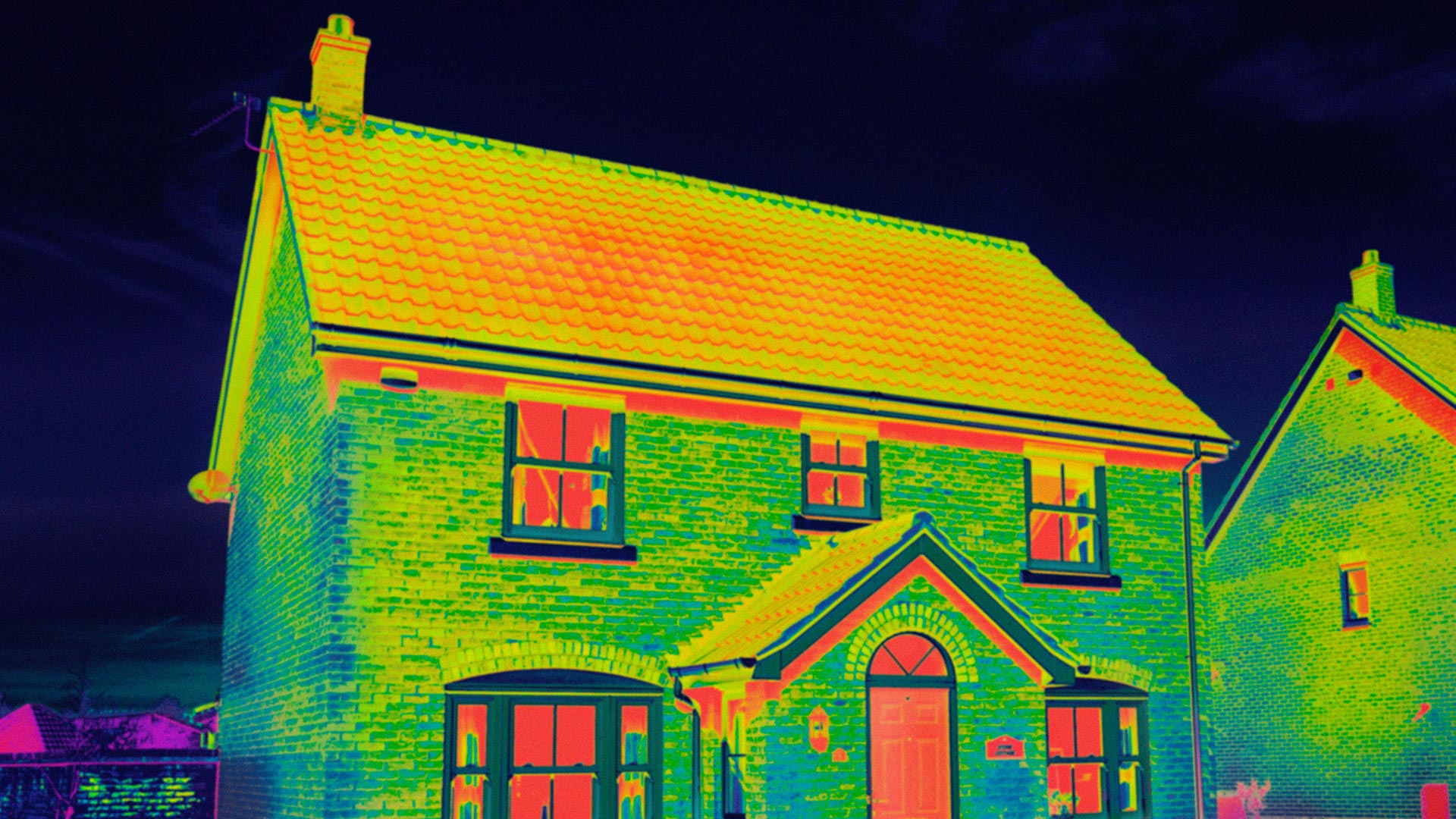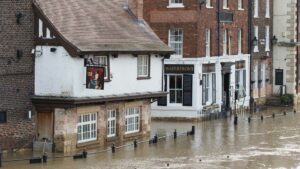At Greengauge we’ve offered thermal bridge analysis for many years, and have built up a wealth of experience and knowledge on the subject. We run all types of analysis almost daily, and have worked on a great variety of projects where this analysis is called for.
The phenomena of thermal bridging is described in detail in many places on the internet, so we will only briefly summarise it here. Thermal bridging is the effect of increased heat loss at any discontinuity in a building’s insulation. The discontinuity could be due to a structural component, a change in direction/orientation, a change of thickness or type of insulation or some other gap – or all of these things. The result is usually an increase in heat loss compared to the adjacent (or ‘flanking elements) i.e. the walls, floor, roof or fenestration. This increase in heat loss reduces means more heating energy, more carbon and potentially the need for larger heating plant. Usually, there is also a reduction in internal surface temperature at the junction, which can contribute to thermal discomfort and increase the risk of mould growth and condensation.
Thermal bridging analysis involves drawing the detail in question in specialist software, and evaluating the heat flux through it by simulation. The results of the simulation are post-processed to calculate the extra heat flux due to the thermal bridge, and the impact on surface temperature. These simulations can be either 2D or 3D, depending on the nature of the detail. In many cases, the detail can be fully represented in 2D, but where there is or may be heat flux in the third dimension, it is necessary to undertake 3D thermal bridge analysis. Greengauge have extensive experience in both methods.
Passivhaus, SAP and “rescuing” projects
We regularly undertake thermal bridge calculations for buildings working to the Passivhaus Standard, both where we are acting as the Passivhaus Designer/consultant, or alongside other Passivhaus Designers/Consultants who don’t offer the service.
A key principle of Passivhaus is to design out thermal bridging, but sometimes it’s not possible to completely avoid it. Where the Passivhaus Certifier is concerned that a thermal bridge might be significant, it must be re-designed or fully simulated, or both. Greengauge can assist with refining detail designs as well as completing the analysis. On a recent project, we were able to reduce the psi-value of the jambs, head and sill of all the windows by almost half, saving over 0.5 kWh/m2.K on the design – a significant margin when you are close to the 15 kWh/m2 p.a. criteria.
Often, our thermal bridge analysis is in the context of SAP calculations. This can be to demonstrate compliance with Part L, but also can help with meeting local planning guidance that refers to SAP such as the London Plan. For larger schemes, thermal bridge calculations can be a cost effective way to make SAP calculations more accurate and improve the BER relative to TER. Furthermore, thermal bridges can have a significant impact on the Fabric Energy Efficiency (FEE) criterion, which is often more challenging to meet than the TER.
On more than one occasion, we have been able to ‘rescue’ a project that has been fully constructed or almost completed, and an oversight on some other aspect of the SAP calculation left the building non-compliant. In such cases, accurate thermal bridge assessment can be a low-impact way to achieve compliance, compared to the addition of solar panels at a late stage, for example.
Moisture Risk
An often overlooked aspect of thermal bridging is moisture risk. Thermal bridges are sometimes called ‘cold spots’, because as well as losing additional heat, they depress the internal surface temperature. These cold spots can lead to condensation, but it is important to recognise that mould growth can occur at a lower humidity threshold. By definition, Relative Humidity (RH) must reach 100% for condensation to occur, whereas, as a rule of thumb, mould growth can occur at about 80%.
When the temperature of warm, moist air is reduced, the RH increases. The cold surfaces at a thermal bridge will cool down the internal air near to the surface, increasing RH and potentially leading to mould growth or condensation where the thermal bridge is severe. It is standard practice to assess this risk when completing a thermal bridge calculation by providing a fRSi value, which represents the severity of the cold spot. This is often a critical factor in retrofit situations, where it is more difficult to avoid thermal bridging.
Thermal Bridge R&D
We regularly advise on avoiding thermal bridging alongside the analysis we undertake, and carry design PI insurance that allows us to provide in depth thermal bridge consultancy. Greengauge have also been involved in several research and development projects, bringing to bear our expertise in thermal bridging to help manufacturers, suppliers and developers improve their offering by mitigating thermal bridging.
We have a comprehensive range of cutting edge tools, including a unique parametric simulation method developed in-house. These facilities combined with our extensive experience and ability to provide dependable, pragmatic advice for all situations enable us to offer a service second to none.
Contact us to talk about how we can add value to you’re your project via thermal bridge analysis.





